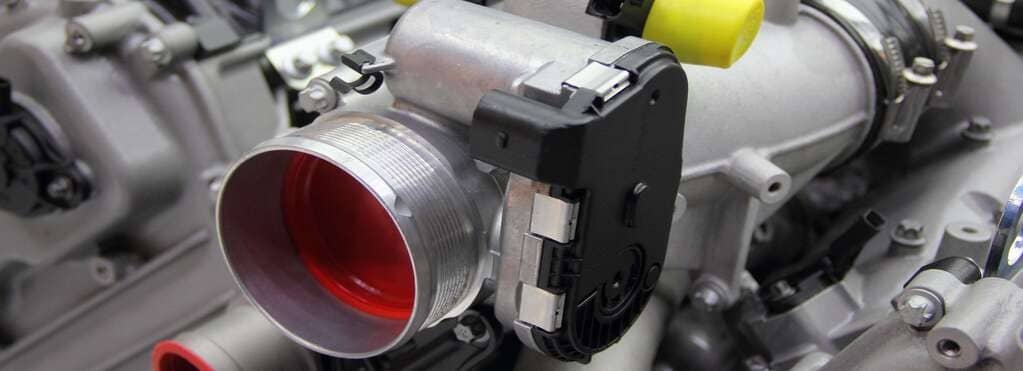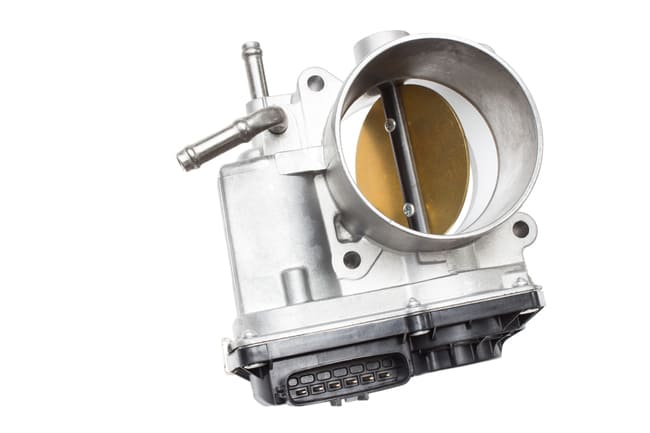
Symptoms of a bad or failing throttle position sensor
The throttle position sensor is located on your car's intake manifold. Its primary function is to measure the angular opening of the throttle valves. If it malfunctions, the car will usually go into emergency mode. If you are lucky, a throttle position sensor can be fixed. Most often, however, it will have to be replaced – luckily, this is not very difficult. The TPS sensor is a relatively simple device. The potential is measured across two paths and depending on the throttle valve position, this distance is either longer or shorter. This changes the resistance in the wire and this change in resistance is converted into a measured value and sent to the control unit. The redundant (double) design is for safety. Normally, a fault will never occur in both sections at the same time. The unit always measures the value of both measuring sections. If they differ too much, the control unit switches to emergency mode and issues an error message.
Throttle body sensor failure symptoms
The first warning sign of a faulty throttle sensor can be an unsteady, sputtering engine. A sluggish throttle responsiveness can also indicate that the part is faulty. However, the clearest symptom is the engine going into limp-home mode. The maximum speed at which the vehicle can then be operated varies between 30 and 100 km/h, contingent upon the specific car. Reading the fault memory then makes the diagnosis clear.

Repairing the throttle sensor
A throttle sensor can fail due to contamination. This is particularly common on diesel engines with exhaust gas recirculation. Both the valve and the associated sensor can be significantly affected by recirculated emissions. This happens mainly when the seal between the sensor and the throttle valve is no longer fully intact and oil and soot penetrating the sensor and connector will reduce its functionality. If this is the case, you can attempt to repair the part with a thorough cleaning. Car brake cleaner spray is optimal for this as it has highly-effective degreasing properties. Depending on the size of the sensor, you can then inspect the electronic assembly. Often there are cold joints that can be fixed by cautious re-soldering, therefore this is only a task that experienced mechanics should attempt. Once the throttle sensor has been repaired in this way, it should be measured. The resistance values can be obtained from the manufacturer or the repair manual. The sensor is then reinstalled and the fault memory is cleared, and hopefully, all possible causes of the fault will have been eliminated. This applies especially to the seal between the sensor and the throttle valve. If you feel that you don’t have the expertise to repair the sensor, the only option is to replace it with a new part which is compatible with your car’s make and model, for example, a Ford Transit throttle position sensor.
Buying a throttle sensor
The cost of a throttle sensor depends very much on the car in which it is to be fitted. The price range is extensive, and this is why it makes sense to try to repair expensive parts. For a cheap replacement sensor for a small car, on the other hand, you should save yourself the trouble. What is offered at a very low price is usually more difficult to repair. The diagnosis "faulty throttle sensor" can sound quite daunting, but once you understand what is going on, the repair is not difficult at all.
TOP products on the subject:




































